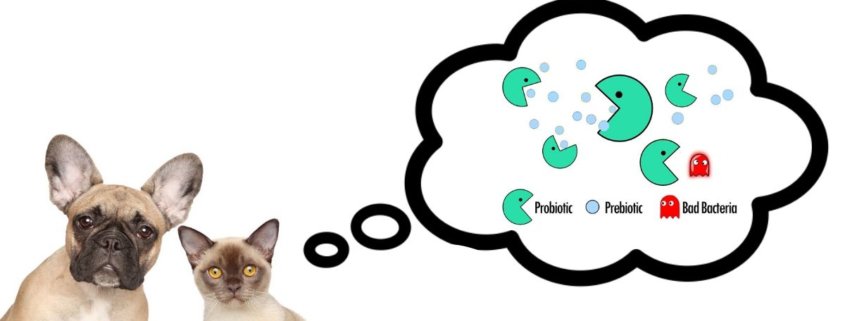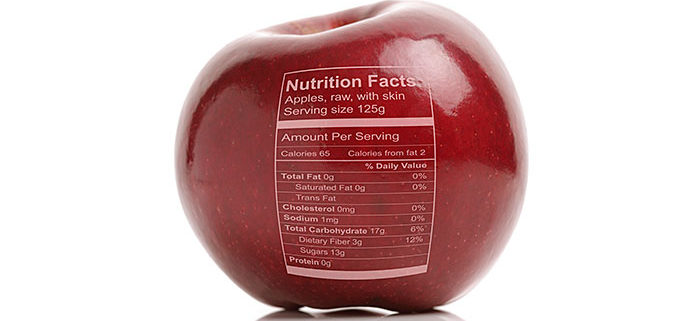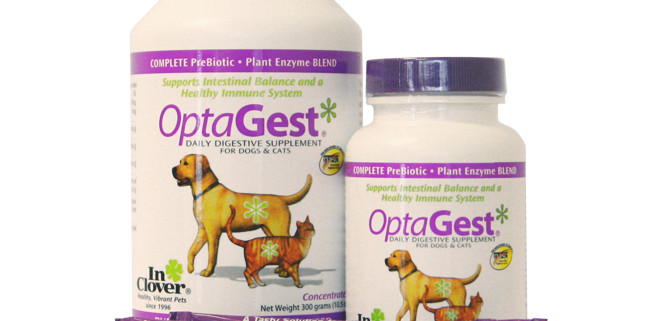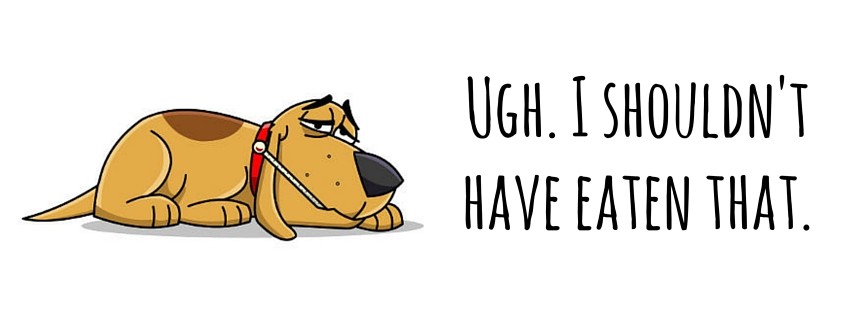Probiotics vs. Prebiotics for Dogs & Cats
Dogs and cats can sometimes struggle with health issues, and the most prevalent one we encounter is gastrointestinal or stomach problems. From protein allergies to irritable bowel disease, there are several solutions you can use to help alleviate the symptoms of stomach upsets in dogs and cats. In this post, I’ll be talking about probiotics and prebiotics, what the differences are, and the benefits of each for your animal. If you’re looking for more help or other solutions for chronic bowel problems, please visit us at the store or read our other blog posts on similar topics, which you can find at the end of this post.
One of solutions or tools you can use to help your animal with upset stomach are probiotics. Probiotics are healthy, beneficial bacteria that are part of a complex ecosystem that resides in our pet’s gut. In this ecosystem, a lack of good bacteria can result in poor digestion and nutrient absorption, which can result in a spider-web of other symptoms such as skin and coat issues, bad breath, or persistent, loose stool. This complex ecosystem of bacteria can be thrown off by balance by a variety of factors, including your pet’s genes, environmental factors, or medicines like antibiotics. Some dogs or cats with IBS or IBD (irritable bowl syndrome or irritable bowel disease) need an extra boost of these beneficial bacteria to help stabilize them during certain periods when they’re showing symptoms.
Adding probiotics to the food of a dog or cat with a chronic issue will help alleviate these symptoms and improve the overall gastrointestinal (GI) health of your animal. Probiotics can be found in the form of powders or naturally in raw foods such as goat’s milk. We carry both forms at The Happy Beast, and are happy to talk through the benefits of specific brands. We typically recommend probiotics for people having an active or acute problem or symptom with their animal.
Compared to probiotics, prebiotics are the foods that probiotic bacteria feed on in the gut to reproduce and thrive. Many brands of pet food supplement their products with prebiotics, such as chicory root, which helps with digestion, but you can find a variety of supplements to give your animal that provide an overall boost to improve digestion and absorption of nutrients.
Digestive enzymes are also a great addition to a supplement regimen and are often found alongside prebiotics. Adding digestive enzymes can help your animal’s body more easily digest its meals, boost absorption, and improve their stools. This allows your animal to gain more nutrients from every meals. Here at The Happy Beast, we carry a variety of prebiotic and enzyme powders that are fast and easy to add to your daily feeding, including InClover’s Optagest, Honest Kitchen’s Perfect Form, and Super Snout’s GI Balance powder.
In summary, you can think about prebiotics as a great long-term supplement, whereas we believe probiotics are most useful in the short-term while your animal is going through a current phase of digestive upset. Dealing with digestive problems for your animal can be stressful and hard to manage, but using whole, raw foods and supplementation can ease many of the common ailments pets experience.
If you have any questions about probiotics, prebiotics, or digestive health in general, please call or visit us for a one-on-one diet consultation where we can help evaluate your pet and his or her specific needs.
Other Diet & Digestive Health blog posts from The Happy Beast





